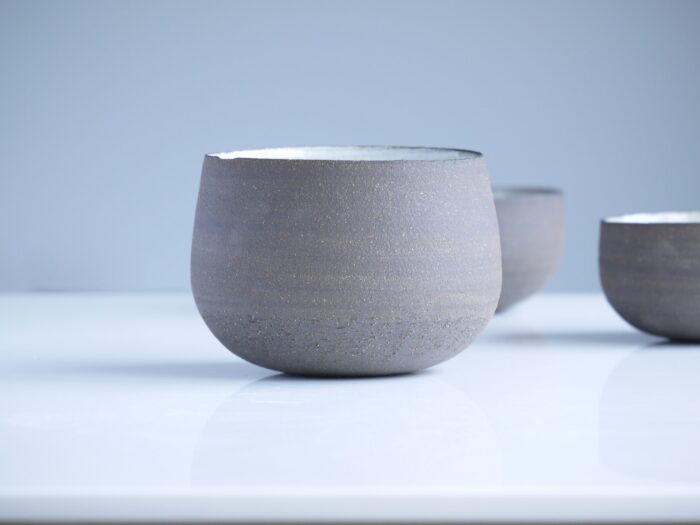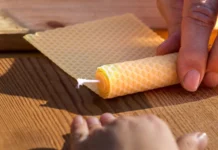
When you think of natural stone for home décor, the image of polished marble is likely what comes into your mind first, whether it’s a tabletop or marble wall fountain that you can get from Indoor Fountain Pros. This is understandable when you consider the magnificence and splendor that combines the polished finishes’ beautiful shine. There are, however, many other types of natural stone finishes that may appease your taste and meet your needs, as well as add charm and elegance to your home. Rest assured that these are strong enough according to various studies.
Depending on the choice of stone for your space, you can still settle for a distinct finish that will reveal its natural beauty in the best way possible, which is easy to maintain and impressive. Your choice will also determine how people will feel in your home or office. The tiles’ surface is treated to get a unique finishing as well as improve some of his standards.
The same kind of stone becomes suitable for different purposes, depending on its finishing as it enhances durability or aesthetic appearance. Here is a short guide on different natural stone textures and finishes to facilitate your choice.
- Natural finishing
- Mechanical finishing
- Impact finishing
- Chemical finishing
However, it is crucial to note that the new finishes are emerging as technology advances, or different textures combined to a natural stone. Check expert sites like Saturnia Traverini for the latest products in the market.
Natural Finishing

- Rough finish: In some rare cases, natural stones come ready for installation without any additional treatment. This type is known as a rough stone finish. The product is exceptionally natural with a raw stone feel, and the final look depends on the characteristic of the stone of your choice. You can use the rough stone finish for your interior if you are after a distinct natural effect. However, many people prefer using it for outdoor spaces and exterior cladding.
- Sawn finish: This type of finishing is suitable for slate, sandstone, and granite, where the tiles are commonly used for exterior designs like walls, gate entries, and patios. Sawn finish results from cutting the stone into tiles using a block cutter or gang saw. You may also find the products appealing on the pavements and garden landscape projects.
- Riven finish: This textured finish is achieved by splitting the natural block done along its cleavage line. In most cases, this line is manually done by the guillotine. Products with a riven finish will mostly be found at quartzite and slate tiles since they can split easily due to their layered feature. This technique gives the stone a natural look by revealing its notches and grains. Take caution when laying tiles as an uneven surface can cause a trip hazard.
Mechanical Finishing

This type of finishing involves various processes that may change the natural stone surface to achieve some of the tile qualities. Textures in this group are the most preferred and well known by customers.
- Polished finish: The polished finish is for the people who want a refined glossy surface on the natural stone tiles. Experts apply various treatments to repeatedly polish the stones, resulting in a mirrored surface, a reduction in porosity, and a high gloss product. This process also improves resistance and highlights the properties and color of it.
Polished finish products are mostly used in benchtops and interiors to bring out the majesty and luxury of natural stone. Since the finish can reduce the slip resistance of surfaces, it is not recommended for flooring applications. - Honed finish: Honed finish makes the surface of natural stone matted and smooth, with or without little light reflection. The effect is achieved through the sanding and grinding process using various brushes to get a smooth but not glossy finish. Polishing stops at an earlier stage before the stone is buffed.
Products like Montemerano Classico and Grigio Etrusco are great examples with a honed finish, which allows you to enjoy vivid colors and natural warmth that comes automatically with the material. - Satin finish: This is a finish that falls between the polished and honed. It gives a perfect balance as it brings some gloss and shines to the natural stone surface. A satin finish is not as matte as honed or reflective as polished finishes.
- Bush hammered: The stone’s surface, in this case, is mechanically treated to develop a generally rough non-slip textured look and is ideal for high traffic areas in external spaces. Montemerano Classico creates a rustic and natural feel to an outdoor environment.
Impact Finishing

Most of the products in this category are popular as it is the largest group with various textures. The finish is formed by the application of external force to the surface stone. Here are some of the finishes.
- Brushed: Here, metal brushes are utilized to take away the stone’s soft particles on its upper layers. This is also referred to as leather or antique finish since it gives the stone a non-glossy antique look and feel. The finish is smooth and slip-resistant.
- Tumbled: To get this finish, the experts use pebbles, water, and sand for tumbling the stone surface to create an aged impression. The finish gives an antique, weather-worn look and feels that is similar to the European country houses and classical palaces.
- Sandblasted: The sandblasted is a matte gloss texture achieved by blasting the stone’s surface with pressurized sand water. This finish gives the tiles a slightly scratched look but has an excellent feel when you touch it.
Other finishes are split-faced finish that is achieved by splitting stone using a machine to get a natural quarry texture and scratched finish, which is achieved by spinning mechanical disc to the product.
Conclusion
Choosing the right finish is a daunting task requiring professional advice from experts. It is always tempting to take cost-cutting measures when carrying out financially intense projects like construction. Get your products from a reliable supplier who will ensure that you get an adequate supply whenever you need the products. You will also need an expert guide whether you are starting a new project, or renovating an existing one.








